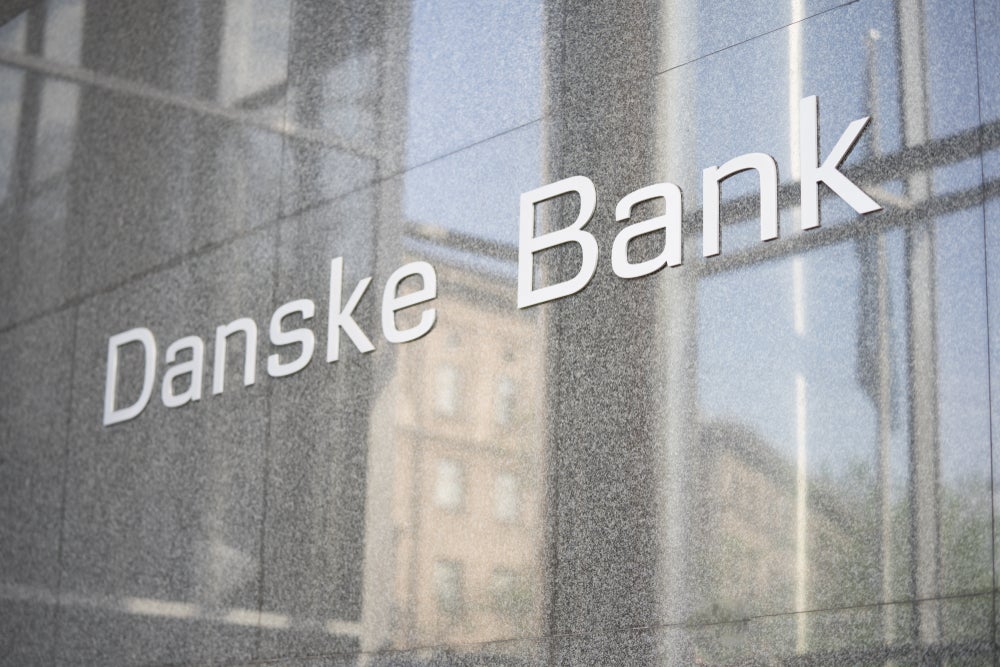
Scandinavia is a region often looked at for innovation in the banking sector, particularly when it comes to retail banking and payments. It’s often associated with the cashless revolution. However, where does the area stand in terms of private banking? Patrick Brusnahan writes
Patrick Brusnahan (PB): What is the state of private banking in Scandinavia/Denmark? What is the typical private banking client like? How do you segment your clients?
The typical Private Banking customer is characterised by being either a company owner, CXO, having “old money”, entrepreneurs, partners/managing partners in law firms or consulting companies. The segmentation model in Private Banking is centred around AuM thresholds and complexity, meaning 3-5 mDKK in AuM and complexity and 5-50 mDKK in Aum are defined as Private Banking core. Private Banking Elite is customers with an accumulated investable assets of plus 50 mDKK and upwards.
PB: Over the last year, what have been the biggest needs of clients? And what have been the biggest hurdles?
How well do you really know your competitors?
Access the most comprehensive Company Profiles on the market, powered by GlobalData. Save hours of research. Gain competitive edge.

Thank you!
Your download email will arrive shortly
Not ready to buy yet? Download a free sample
We are confident about the unique quality of our Company Profiles. However, we want you to make the most beneficial decision for your business, so we offer a free sample that you can download by submitting the below form
By GlobalDataPB: How was communication with clients been recently, especially considering Covid and remote working?
PB: Is there a specific product or investment that clients are very interested in at the moment?
PB: What do you see being the biggest challenges over the next five years?
Secondly, the ability to attract younger talents as their main selector variable for a job is purpose. If the company does not have an attractive purpose, the young generation is not interested in being a part of that company and culture. Lastly, the increasing regulatory compliance legislation challenges the business as costs increase to keep the lights on, and furthermore the speed of the changes necessitates a huge amount of resources to this field.
Therefore, a digital transformation within the compliance area is strongly needed for banks to keep the lights on and to reduce compliance costs.







